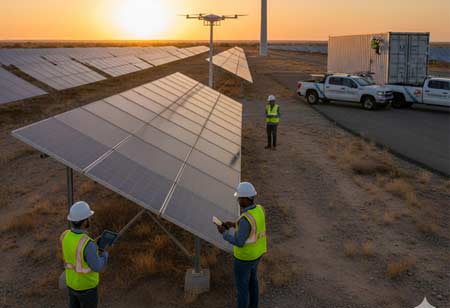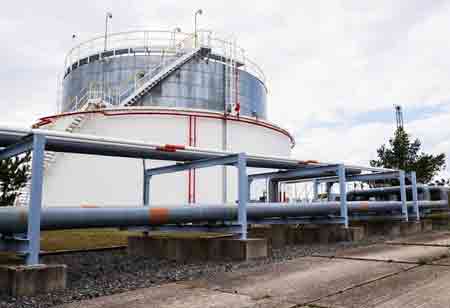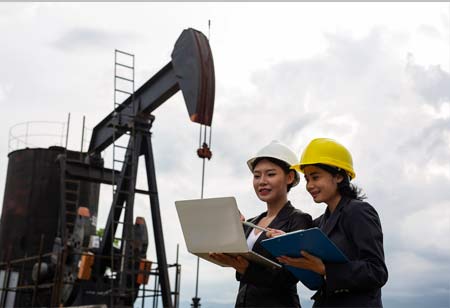Thank you for Subscribing to Energy Business Review Weekly Brief
AR Energizing The Energy Sector
Augmented reality's applications make it ideal for confronting some of the present challenges in the energy industry.

By
Energy Business Review | Thursday, July 14, 2022
Stay ahead of the industry with exclusive feature stories on the top companies, expert insights and the latest news delivered straight to your inbox. Subscribe today.
AR may employ utilities to enhance business processes, including helping to restore power faster. At the same time, it can assist them in managing the aging workforce and aid in knowledge management.
FREMONT, CA: Augmented reality's applications make it ideal for confronting some of the present challenges in the energy industry. Augmented reality (AR) in the energy sector significantly speeds up work, encourages knowledge transfer, and reduces costs. AR may employ utilities to enhance business processes, including helping to restore power faster, while it can also assist them in managing the aging workforce and aid in knowledge management.
AR opportunities are in employee training. For instance, 2D diagrams of complicated components can be enhanced with 3D models. This assists in in-depth training and faster information retention. Consequently, employees' proficiency can be authorized in a shorter period than traditional training.
Equipment maintenance is another superb opportunity AR provides, where technicians can immediately access expert knowledge. They can finish documentation for all operating equipment on their device. Internal components of a bit of equipment can be seen and investigated. This facility makes the system proper and upgrades faster.
AR assists in better employee training but permits enhanced virtualization of underground assets and complicated components, reducing accidents and improving operational safety. Protective equipment and safety protocols can be shown in real-time in the field through AR technology. The technology significantly impacts developing gas fields by imagining underground infrastructure and networks. AR also allows for detecting potential leakages and the reduction of accidents.
AR is a corresponding solution to the challenges of the energy sector. AR systems are flexible to work with mobile devices, drones, sensors and systems, communication capacities, and remote pilots.






